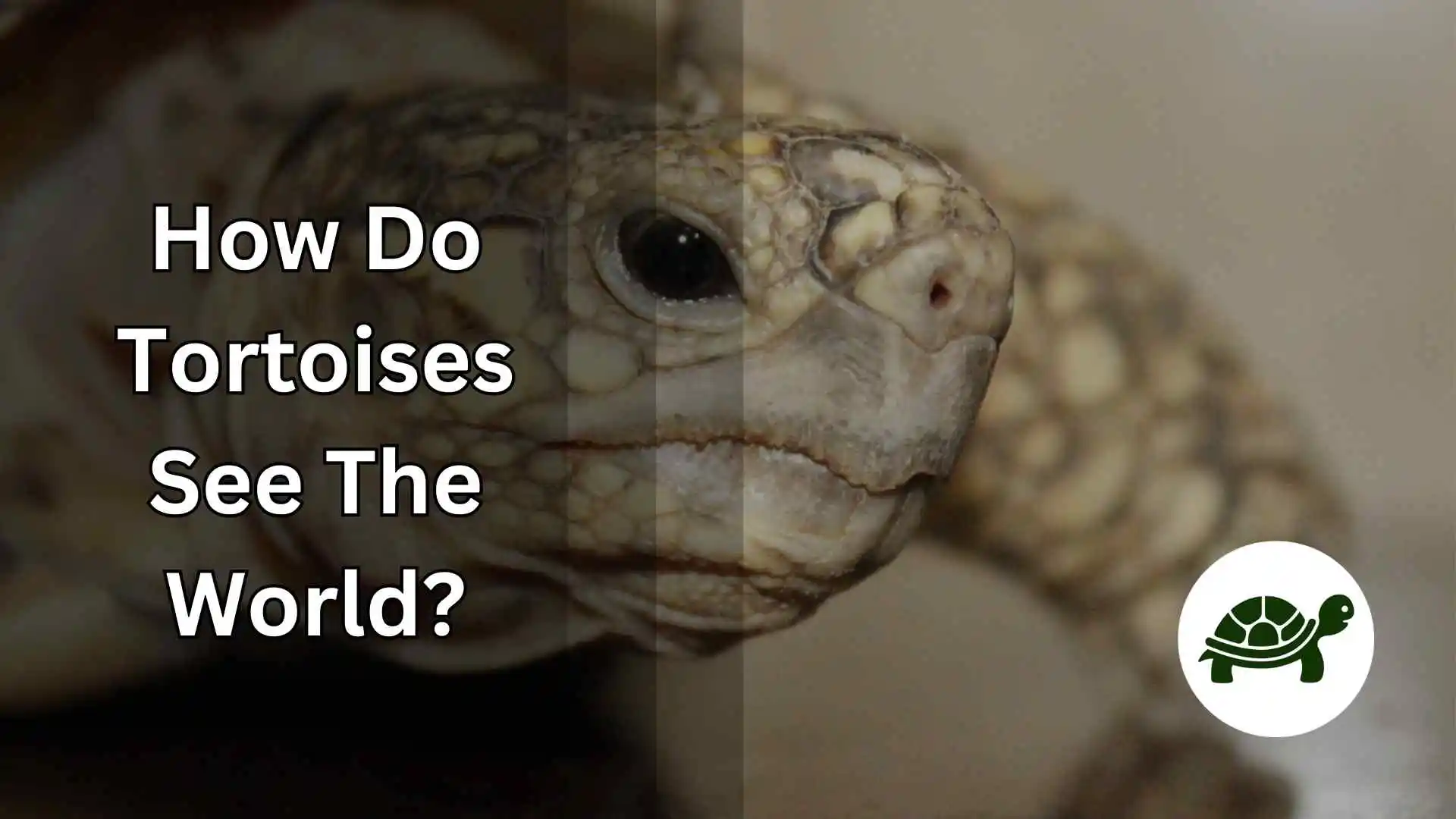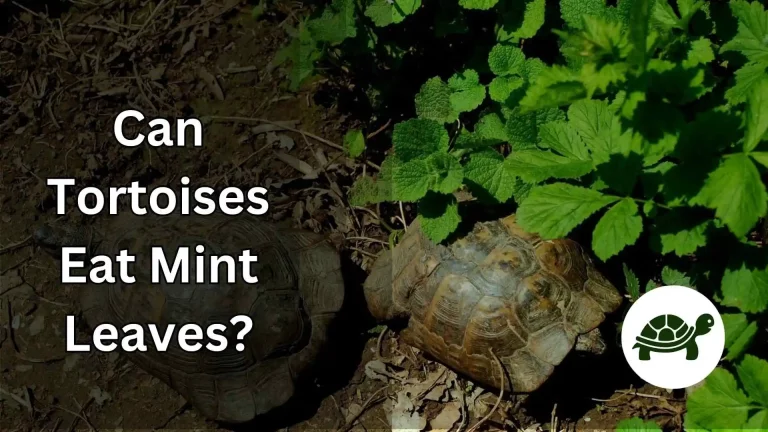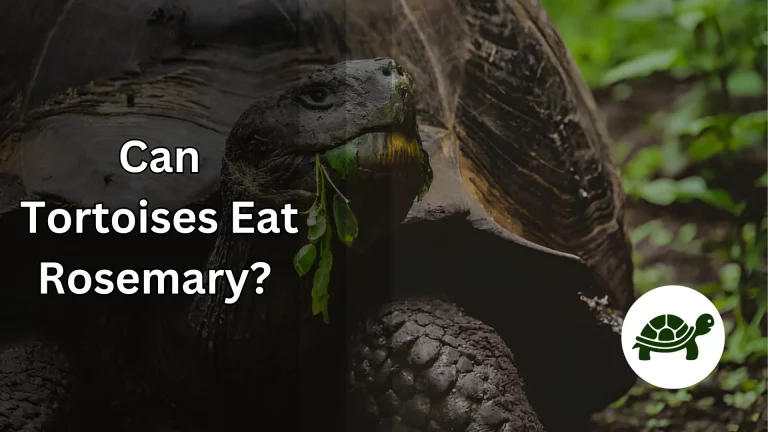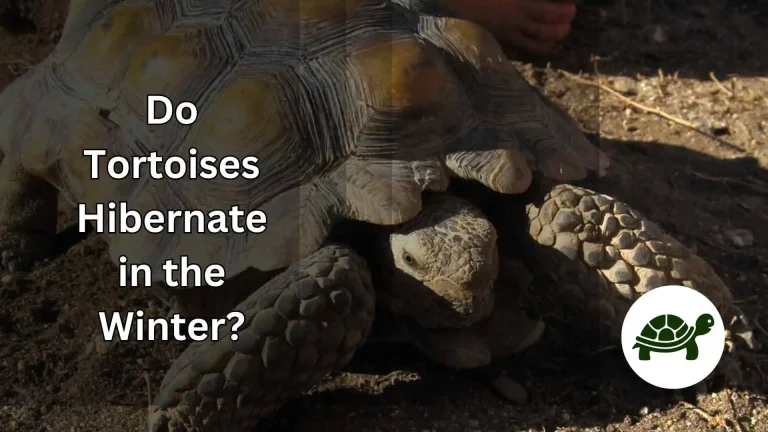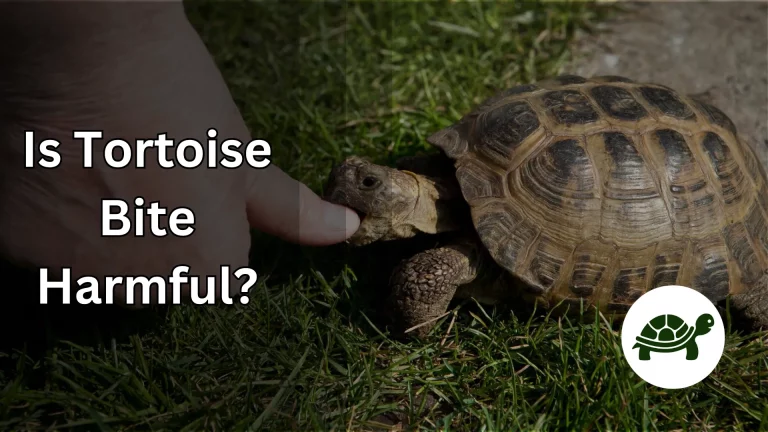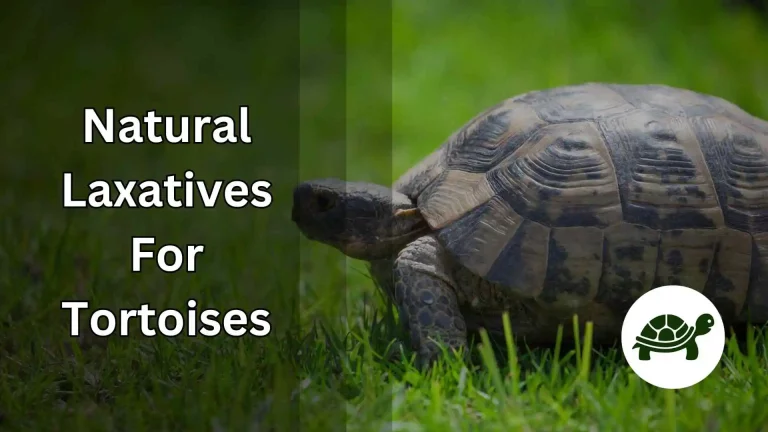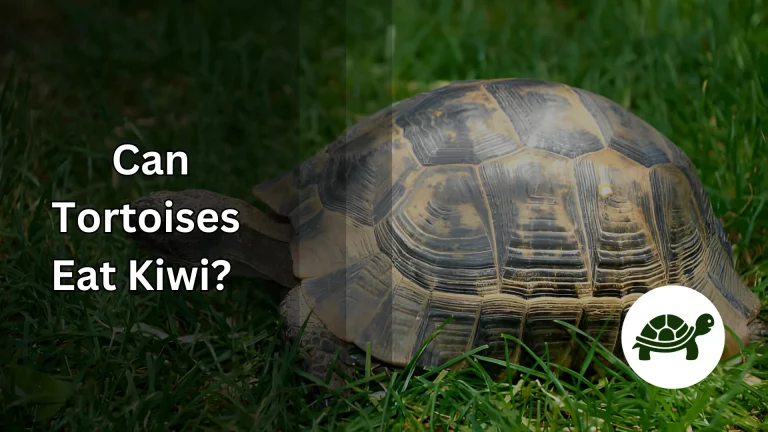How Do Tortoises See The World? – All You Need To Know
In a world bustling with vivid colors and dynamic actions, have you ever paused to wonder how different species perceive their surroundings? One such intriguing creature is the tortoise, a reptile that roams both land and freshwater environments with a pace that allows them to absorb the world around them quite differently. As you meander through your garden, have you noticed a tortoise’s eye following your movements with a gentle, yet deliberate focus? This raises a fascinating question—how do tortoises see the world? Our exploration into a tortoise’s perspective not only satiates our curiosity but also contributes to providing better care for these serene creatures in captivity.
The realm of a tortoise’s vision is a blend of evolutionary artistry and environmental adaptation. Unlike the prismatic view we humans are privy to, tortoises have their unique visual spectrum tailored to their ecological niches. Their sight is a doorway to understanding their behaviors, preferences, and interactions with the environment. Moreover, diving into the depths of a tortoise’s vision unveils the mesmerizing science behind their survival and longevity in diverse habitats.
As we peel back the layers of a tortoise’s eye, we will journey through the intricacies of their visual anatomy, unravel the spectrum of colors they perceive, and understand the pivotal role vision plays in their daily interactions and behaviors.
The Anatomy of a Tortoise’s Eye
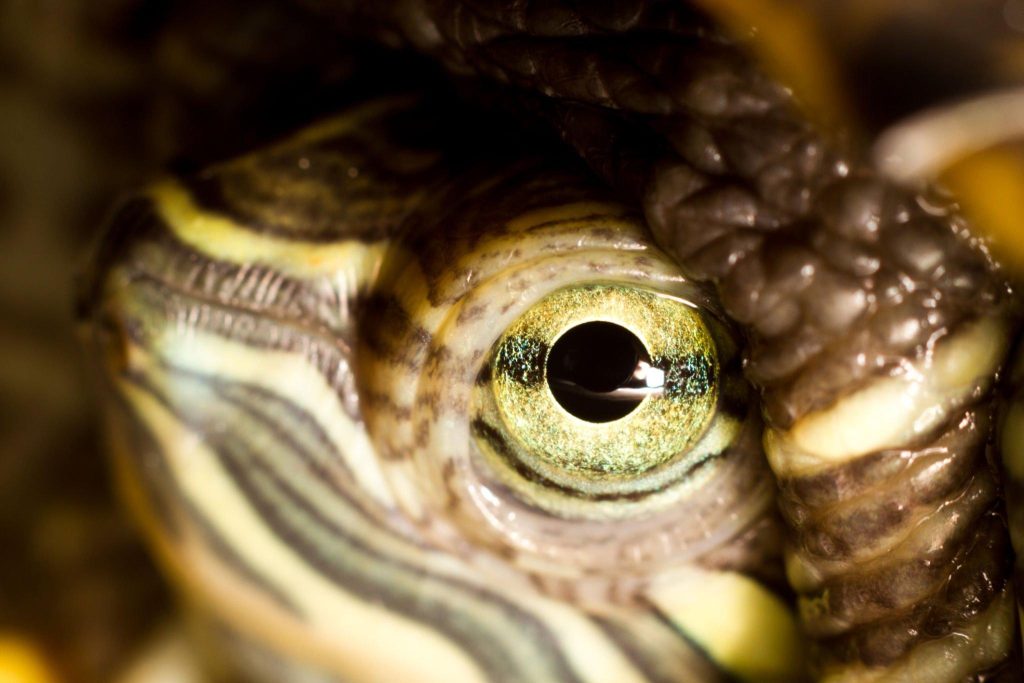
Embarking on the journey to understand how tortoises perceive the world requires us first to delve into the marvelous design of their eyes. Unlike our spherical eyes, a tortoise’s eye is more elongated, a peculiar shape that grants them a wider field of view. This structural finesse is a testament to evolution’s artistry, tailored to meet the tortoise’s lifestyle that involves slow, deliberate maneuvers across its habitat.
Within the realm of a tortoise’s eye lies a fascinating interplay of various components. The cornea, the outermost layer, is the window through which light enters, moving subsequently through the lens which focuses it onto the retina. A tortoise’s retina is a bustling field of photoreceptor cells known as rods and cones, much like in human eyes. While rods are adept at detecting light and motion, cones are responsible for color perception. The arrangement and density of these photoreceptors play a pivotal role in shaping a tortoise’s visual narrative, providing them with the ability to navigate the colors and motions of their world. Unlike humans, tortoises possess more rods which equip them with superior low-light vision, a handy trait for their early morning and twilight adventures.
The curious dichotomy between human and tortoise vision doesn’t end here. The tortoise’s eye has a nictitating membrane, a sort of third eyelid, that serves as a protective shield against dust and debris, while also aiding in moisture retention. This natural goggle is a testament to nature’s foresight in preserving the tortoise’s sight amidst the gritty reality of their habitat. As we dig deeper into the realms of tortoise vision, it’s enthralling to realize how each aspect of their eye anatomy is a narrative of adaptation and survival, shaping the way they interact with the kaleidoscope of life unfolding around them.
Vision Capabilities
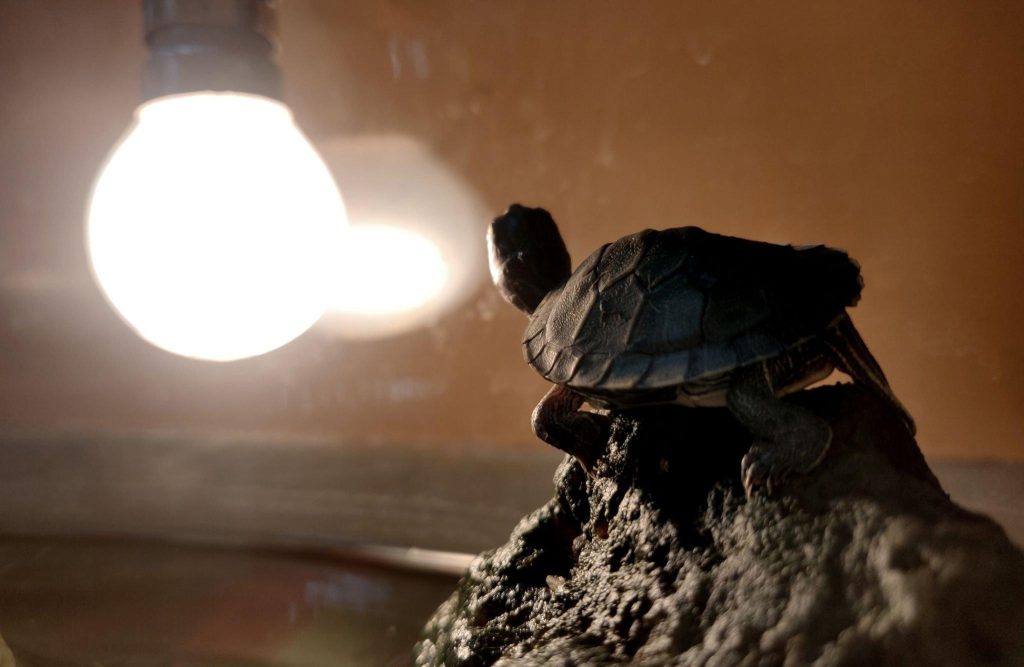
When we embark on understanding the vision capabilities of tortoises, we step into a realm that’s a blend of evolutionary marvel and environmental adaptation. One of the first aspects that capture our intrigue is the color vision of tortoises. Unlike humans, tortoises have a different set of photoreceptors that enable them to perceive a unique spectrum of colors. Their eyes are tuned to better distinguish between colors in the blue and green spectrum, which not only beautifies their world but also aids in crucial activities like foraging. The contrast in colors helps tortoises identify edible greens amidst a canvas of earthy tones, a skill vital for their survival.
Visual acuity is another facet of tortoise vision that’s worth delving into. The phrase “slow and steady” isn’t just emblematic of a tortoise’s pace, but also its methodical way of processing visual information. Though their visual acuity may not match that of predatory birds or humans, it’s finely tuned to their leisurely lifestyle. They are adept at perceiving slow-moving objects and subtle movements in their vicinity, ensuring they can interact safely with their environment and steer clear of potential dangers.
As we delve deeper, the pupil’s role in a tortoise’s visual story unveils. A tortoise’s pupil constricts and dilates to control the amount of light entering the eye, which in turn aids in achieving a sharper focus and better depth perception. Additionally, tortoises are known to have a higher flicker fusion rate—the speed at which flickering light is perceived as a continuous beam—compared to humans. This unique capability showcases how tortoises are equipped to interpret the world in a manner that ensures their survival and interaction with the environment, even if it’s at a pace that’s more deliberate.
Tortoises aren’t just passive dwellers in their habitat; they are equipped with a visual language that, though different from ours, is a mesmerizing blend of evolutionary artistry and environmental pragmatism. As we explore the nuances of how tortoises see the world, we are reminded of the diverse ways in which life adapts to perceive and interact with the kaleidoscope of experiences the world has to offer.
How Tortoises Interact with Their Environment?
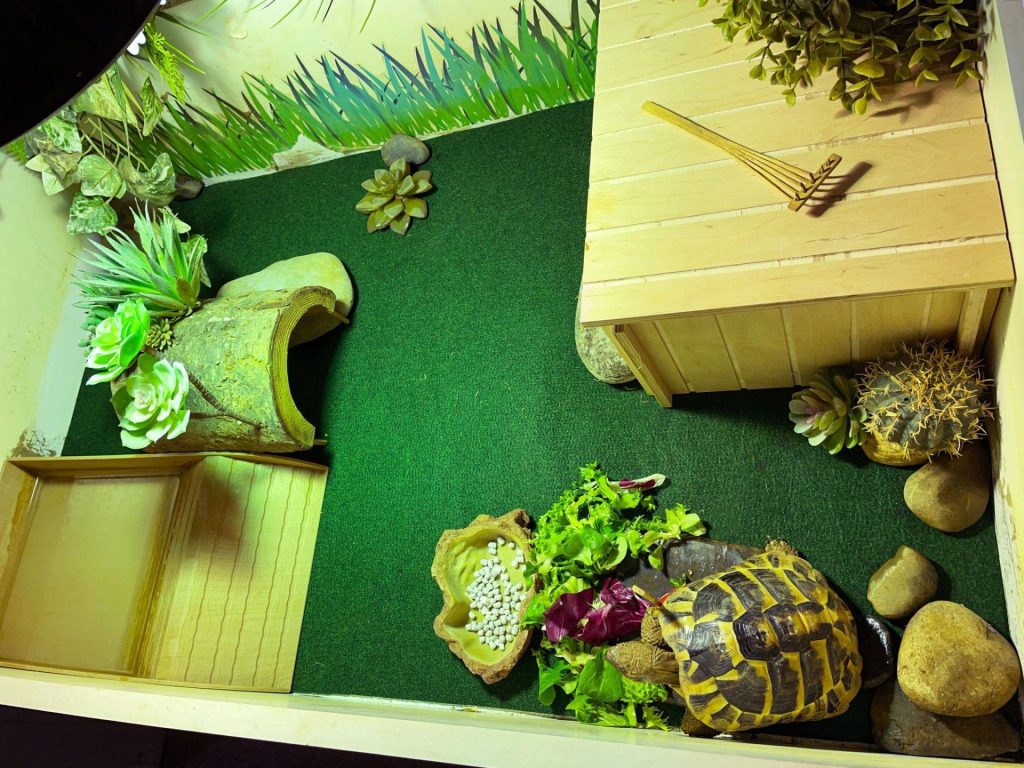
Embarking upon the subtle dance between tortoises and their environment opens a chapter filled with careful observation and gentle interactions. The eyes of tortoises are not merely windows to the world, but finely tuned instruments that mediate a relationship with their surroundings. The way tortoises see the world is deeply intertwined with how they interact with it; every visual cue is a step in a choreographed dance that has been refined over millennia.
Tortoises, with their unhurried pace, offer a lesson in mindful interaction with nature. As they roam through their territory, their eyes pick up the nuances of color and movement that guide them to nourishment and away from potential threats. Their ability to discern subtle movements in the underbrush or the gentle swaying of leaves not only keeps them safe but also leads them to their next meal. A tortoise’s world is a canvas of green, where every shade holds a clue to sustenance or survival.
Moreover, tortoises are not solitary in their sensory exploration; their vision is complemented by a keen sense of smell and touch. They often extend their necks to scrutinize objects closely, touching and smelling them to gather more information. This multisensory approach enriches their interaction with the environment, providing a richer palette of information to navigate the world. The gentle touch of a tortoise’s foot on the earth, the cautious stretch of its neck to inspect a leaf, and the watchful gaze that scans its path—all of these are orchestrated by the nuanced visual cues that shape a tortoise’s perception.
The life of a tortoise is a meditative journey, an ode to a serene coexistence with nature. Each interaction is a testament to a balanced relationship with the environment, facilitated by the harmonious interplay of vision, touch, and smell. As we unravel the threads of how tortoises see the world and interact with it, we are offered a glimpse into a tranquil existence that’s paced to a rhythm in harmony with the natural world.
The Impact of Vision on Tortoise Behavior
Stepping into the slow-paced world of tortoises allows us to unravel the profound impact of vision on their behavior. Their eyes are not just mere observers of the environment, but navigators shaping the course of their daily interactions. The way tortoises see the world around them is a fascinating delve into how vision steers the gentle ebb and flow of their behavior, painting a picture of life led at a serene pace, finely tuned to the whims of nature.
One of the first behaviors that the vision of tortoises influences is foraging. With a visual palette attuned more towards the blue and green spectrum, tortoises are adept at spotting the fresh greens that constitute their diet amidst a blend of earthy hues. Their eyes guide them through a lush maze as they meticulously choose their nourishment, making the act of foraging a visual feast. The gentle sway of edible plants in the breeze often catches their eye, leading them towards a nourishing meal, a testimony to the keen vision that directs their foraging trails.
The realm of social interactions among tortoises is another stage where vision plays a starring role. Mating, a crucial aspect of ensuring the continuity of their lineage, is significantly influenced by visual cues. Male tortoises often seek visual confirmation of a potential mate, employing their sight to discern between fellow species amidst the varied textures of their habitat. Similarly, the visual acumen of tortoises also aids in identifying and steering clear of threats. The subtlest movement often catches their eye, triggering a retreat into the safe haven of their shells, an emblem of the intrinsic bond between vision and survival instincts.
Furthermore, the comforting warmth of the sun plays a pivotal role in the lives of these cold-blooded creatures. Guided by the soft glow of daylight, tortoises venture out to bask, soaking up the vital warmth that fuels their day. Their eyes, tuned to the gentle shift of light, herald the dawn of activity as the sun casts its nurturing rays upon the earth.
Diving into the world of tortoises, we begin to see the narrative of life scripted through the lens of their vision. Each day is a visual voyage that shapes their behavior, defining their interactions, and ensuring their survival in a world where every hue narrates a tale of existence. The tale of how tortoises see the world and the impact of vision on their behavior is a gentle reminder of the incredible adaptability and the delicate balance of life.
How Humans Can Enhance a Tortoise’s Visual Experience?
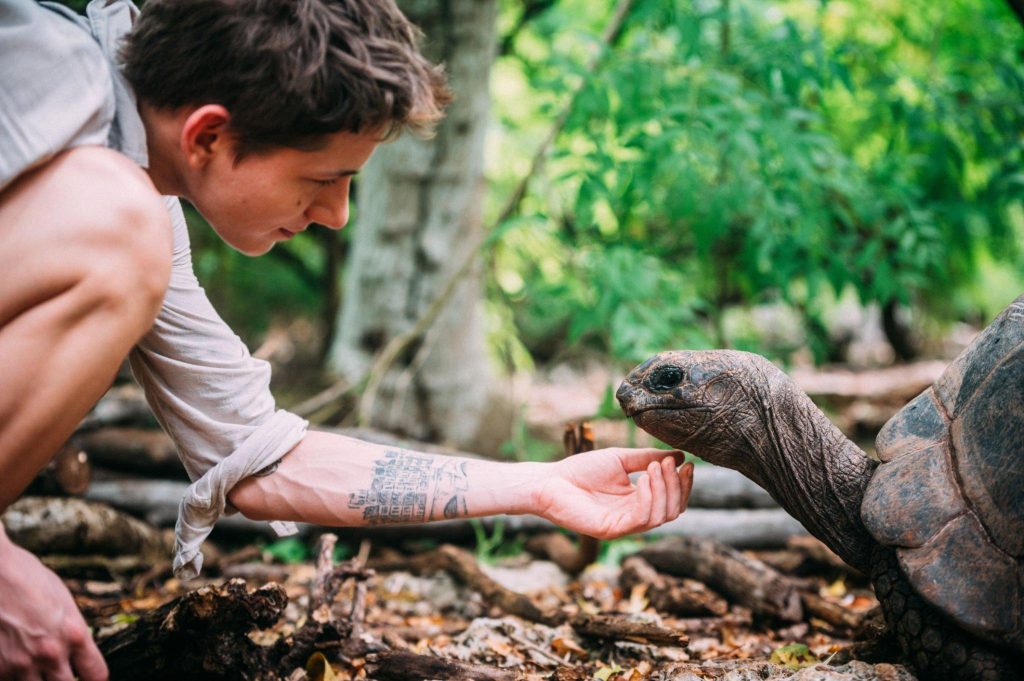
In stepping into the gentle stride of a tortoise’s life, humans have the privilege and responsibility to enrich the visual tapestry that these ancient creatures engage with daily. The manner in which tortoises see the world is a delicate interplay of color, light, and motion. As caretakers or simply admirers, understanding and catering to their visual domain can significantly enhance their wellbeing and provide a window into a life tuned to a different, mesmerizing pace.
One effective way to enrich a tortoise’s visual experience is by cultivating a stimulating environment. Incorporating a variety of edible plants, flowers, and safe, non-toxic decorations that span the color spectrum can create a visually enriching landscape that invites exploration and foraging. Ensuring your tortoise habitat mirrors the lushness and variety of their natural surroundings allows them to engage in a meaningful visual dialogue with their environment, akin to the gentle, discerning gaze they would cast in the wild.
Lighting plays a pivotal role in a tortoise’s visual and overall wellbeing. Adequate exposure to natural sunlight or providing UVB lighting not only supports their ability to process calcium but also enhances their visual acuity. The transition from the soft glow of dawn to the vibrant daylight and eventually the serene embrace of twilight is a visual rhythm that resonates with their innate biological tuning. Ensuring a natural light cycle can significantly enhance the quality of a tortoise’s visual experience, drawing them closer to the rhythm of life that their eyes are naturally attuned to.
Furthermore, engaging with tortoises in a gentle, mindful manner complements their visual narrative. Moving slowly, allowing them to inspect and explore at their pace, and introducing new elements in their habitat cautiously, respecting their visual comfort and curiosity, can foster a respectful, enriching interaction. Observing and understanding the subtle cues in their behavior in response to visual stimuli offer insights into their preferences, promoting a harmonious coexistence that honors the unique way tortoises see the world.
As we venture to enhance the visual experience of tortoises, we not only contribute to their wellbeing but are also gifted with a deeper appreciation of the world through their eyes. The journey is an invitation to slow down, observe, and revel in the quiet, enduring beauty of nature, establishing a bond that’s visually enriching and heartwarmingly profound.
Frequently Asked Questions (FAQs)
1. Can tortoises see color?
Yes, tortoises can perceive colors, especially within the blue and green spectrum. Their eyes are equipped with photoreceptor cells known as cones, which enable them to distinguish between different colors. This ability aids them significantly in foraging by identifying fresh greens amidst the surrounding environment.
2. How well do tortoises see?
The visual acuity of tortoises may not match that of predators or humans, but it is finely tuned to their slow-paced lifestyle. They excel in detecting slow movements and subtle changes in their environment, which helps keep them safe from potential threats and guides them toward food sources.
3. Do tortoises have good night vision?
Tortoises possess more rod cells in their retinas compared to humans, which equip them with better low-light vision. This enables them to navigate their environment during dawn and dusk effectively. However, they are not nocturnal creatures and their vision is not adapted for complete darkness.
4. How do tortoises perceive their environment?
Tortoises engage with their environment through a blend of visual, olfactory, and tactile senses. Their eyes guide them towards food and away from danger, their sense of smell aids in locating edible vegetation, and their sense of touch helps them interact with the surroundings and other tortoises.
5. Can tortoises recognize humans?
There is evidence to suggest that tortoises can recognize and differentiate between humans, especially their caregivers. Through consistent and gentle interactions, tortoises may come to associate certain visual and auditory cues with positive experiences, forming a unique bond with their human companions.
Conclusion
Embarking on this enlightening journey into understanding how tortoises see the world has led us through a tapestry of evolutionary marvels and the serene, deliberate pace at which these ancient creatures navigate their environment. Their unique vision capabilities not only serve as a gateway to a world rich in greens and blues but also a fascinating insight into a life led with a gentle, measured stride. Whether it’s the meticulous art of foraging or the careful interactions with their habitat and fellow tortoises, every aspect of their behavior is a melodious tune orchestrated by their visual senses.
As we unravel the intricacies of a tortoise’s visual narrative, we are reminded of the profound bond shared between all beings and their environment. The simple yet enriching visual experiences of tortoises offer a vantage point from where we can appreciate the myriad ways in which life interprets and responds to the world around. The quest to enhance a tortoise’s visual experience is a tender step towards not only providing a nurturing habitat but also fostering a deeper connection with the calm, enduring spirit of nature that tortoises embody.

